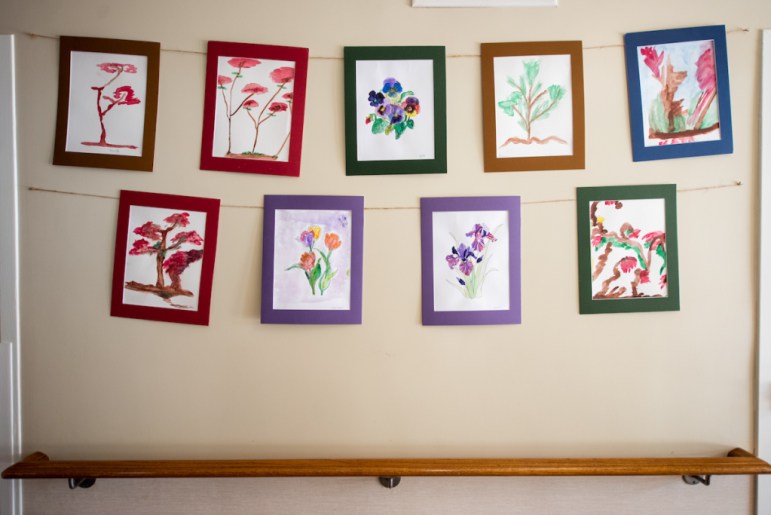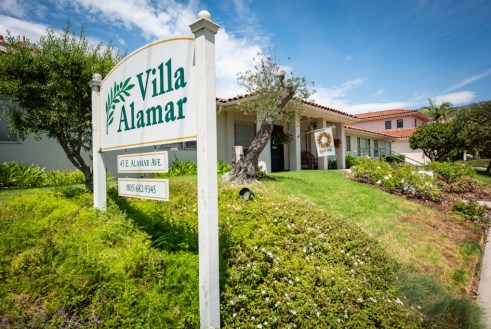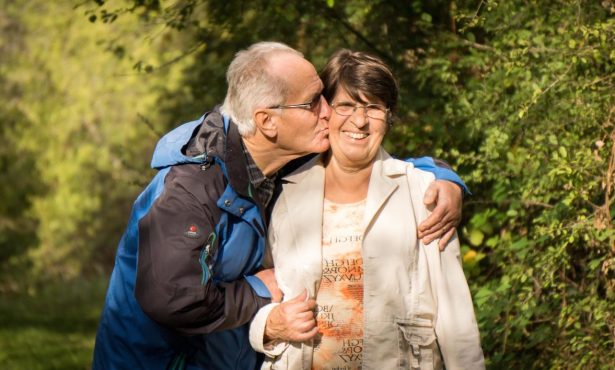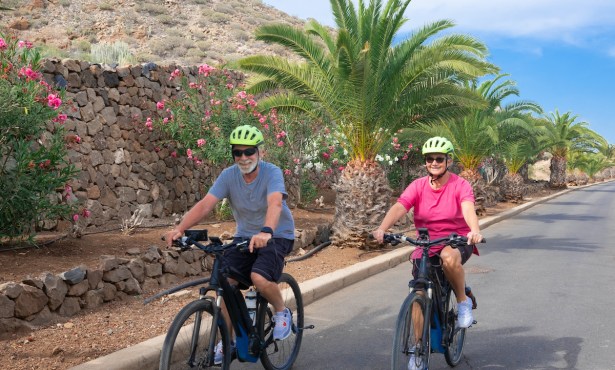Villa Alamar and Alexander Gardens Stimulate the Senses to Stimulate Wellness
Sensory Program Keeps Spirits High at These Two Memory-Care and Assisted-Living Facilities
By Leslie Dinaberg

‘When we engage all the senses, we engage ourselves.’
—Charlotte Moss
‘I go to nature to be soothed and healed, and to have my senses put in tune once more.’
—Thomas Marcoux Steele
An innovative sensory stimulation program — involving nature, scents, sounds, and colors to constantly provide pleasant sensory stimuli that promote wellness — helps assisted-living and memory-care residents at Villa Alamar (villaalamar.com) and Alexander Gardens (alexandergardensal.com) maintain their high spirits and positive outlook. Developed by owner/partner/administrator Mitch Leichter, this Sensory Integration Program for the Advanced Stages of Dementia is seeing great success.
“Our staff is consistently engaging the residents in a proactive manner, where in the past it was reactive,” reported Leichter. “The staff has learned how to interpret body language from nonverbal residents and have implemented appropriate reminiscent and redirection opportunities predicated on sensor stimuli criteria. In many incidents, an increase in medication has not been needed for some residents experiencing behavioral situations, and in other cases, medications have actually been decreased.”
Leichter explained more about the program to me below, and what follows is a portion of our conversation, edited for clarity and length.

Do you use the sensory integration techniques for both memory-care and senior assisted-living patients?
We’ve really focused a lot on Villa Alamar, which is our memory care. It’s a translucent theory that can apply to anyone but I’ve had more success in the implementation with memory-care dementia residents in the years that I’ve rolled it out. This is really nice to see the effect.
What are some of the different impacts with people in memory care?
The whole focus of sensory integrations is to rethink traditional care. If you try to create a traditional activity program with a resident that has dementia, you’re making poor assumptions. You can’t assume they are cognitively able to do it, for example, if you say “move right; stand up; sit down.”
We have a huge, beautiful courtyard at Villa Alamar, and we let nature be our program. We have wind chimes, bird feeders, fountains, gardens, our furniture is multicolored for sensory pickup, and we also have classical music playing. The theory is you want to create a Zen moment for your dementia residents.
If Mrs. Johnson is sitting down by the fountain and she’s watching the birds eating out of the bird feeder, you want to create that Zen moment, and then you want to perpetuate it. Even at lunch time. Rather than stop her from getting in the moment, we work together and we allow that moment to perpetuate. And we’ll bring lunch to her and not upset what we tried to do to begin with.
By doing that, we can decrease the behavioral medication, because we’re not moving them around. The staff has been taught to be part of the program, not depart from the program. We let nature do the work, and it’s just magnificent.


Alexander Gardens and Villa Alamar owner Mitch Leichter uses sights, sounds, and more to keep residents and staff at ease. Credit: Erick Madrid
That sounds like a very humane approach. Does it help everyone?
I have incredible employee retention across both of my properties, because if you walk into a place that smells good and sounds good and looks good, and the staff realizes that because I’m not a corporation, we’re independently owned. And they know that we’re focusing on a wellness program. And it’s not just a wellness program for residents; it’s a wellness program for the employees as well. And it works.
It’s the same philosophy in a different situation that we use with the residents, and also when the families come in. It basically slows your cadence down. It slows your heart rate down, it slows you down, and that’s the whole theory of sensory integration.
The term I use is “holistic modalities,” and the fact is that we can reduce the amount of behavioral medications by modifying our program. It works wonders.
Is there anything else we should know?
When a family has to place a loved one in memory care or assisted living, there’s a lot of guilt and anxiety. Our job is to provide the sensory integration approach so that they can calm down and also feel good about their choice. It’s been remarkable at both of our properties — we get the comments all the time. “What’s that smell?” And “Oh my gosh, look at that bird feeder, and that wind chime sounds magnificent. When can I move in?” So I hear that and I’m thinking, “Okay, good, it’s working.” (Laughs.) We want to be holistic in our approach and not force medication onto anybody unnecessarily.
See villaalamar.com and alexandergardensal.com.




You must be logged in to post a comment.